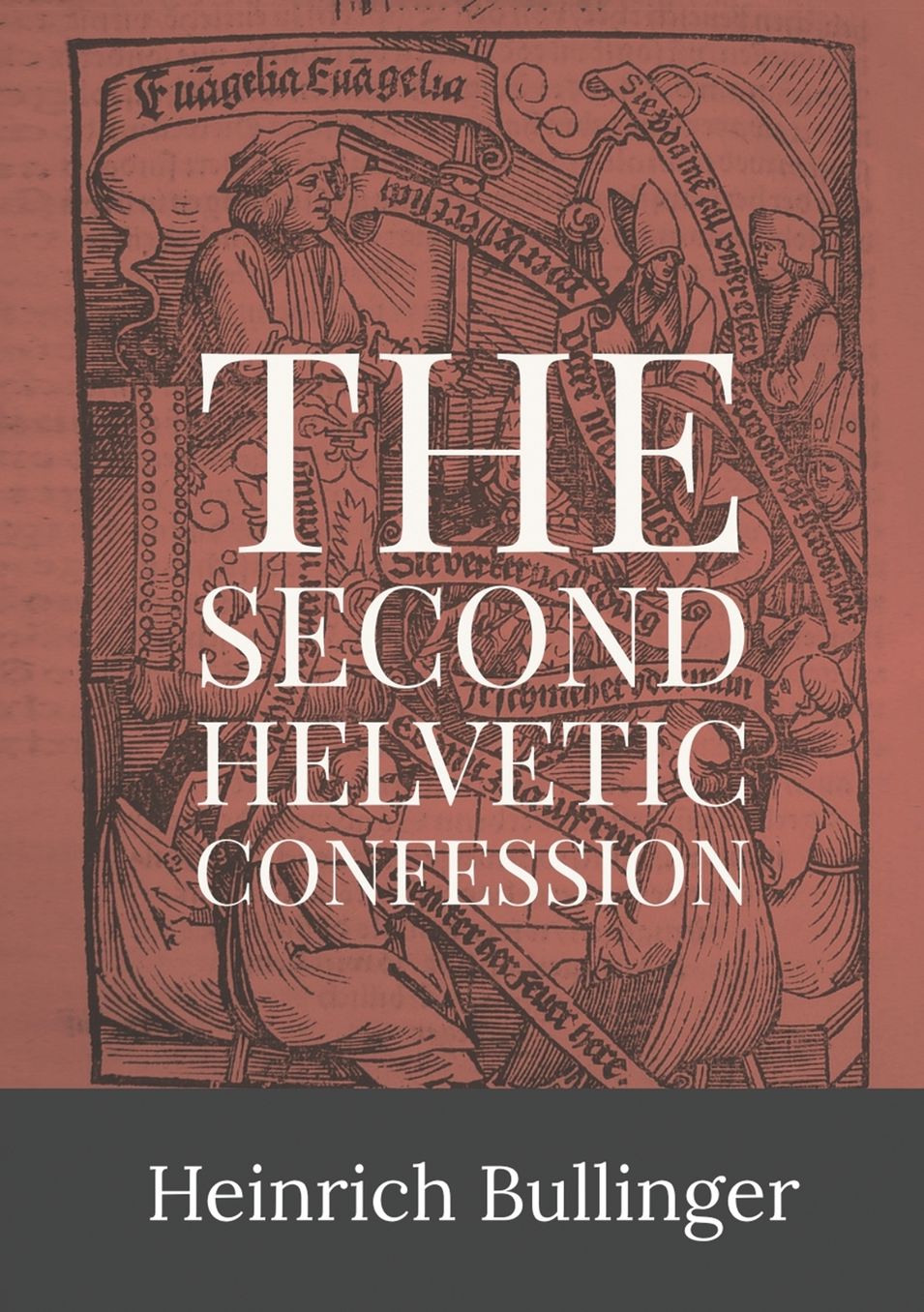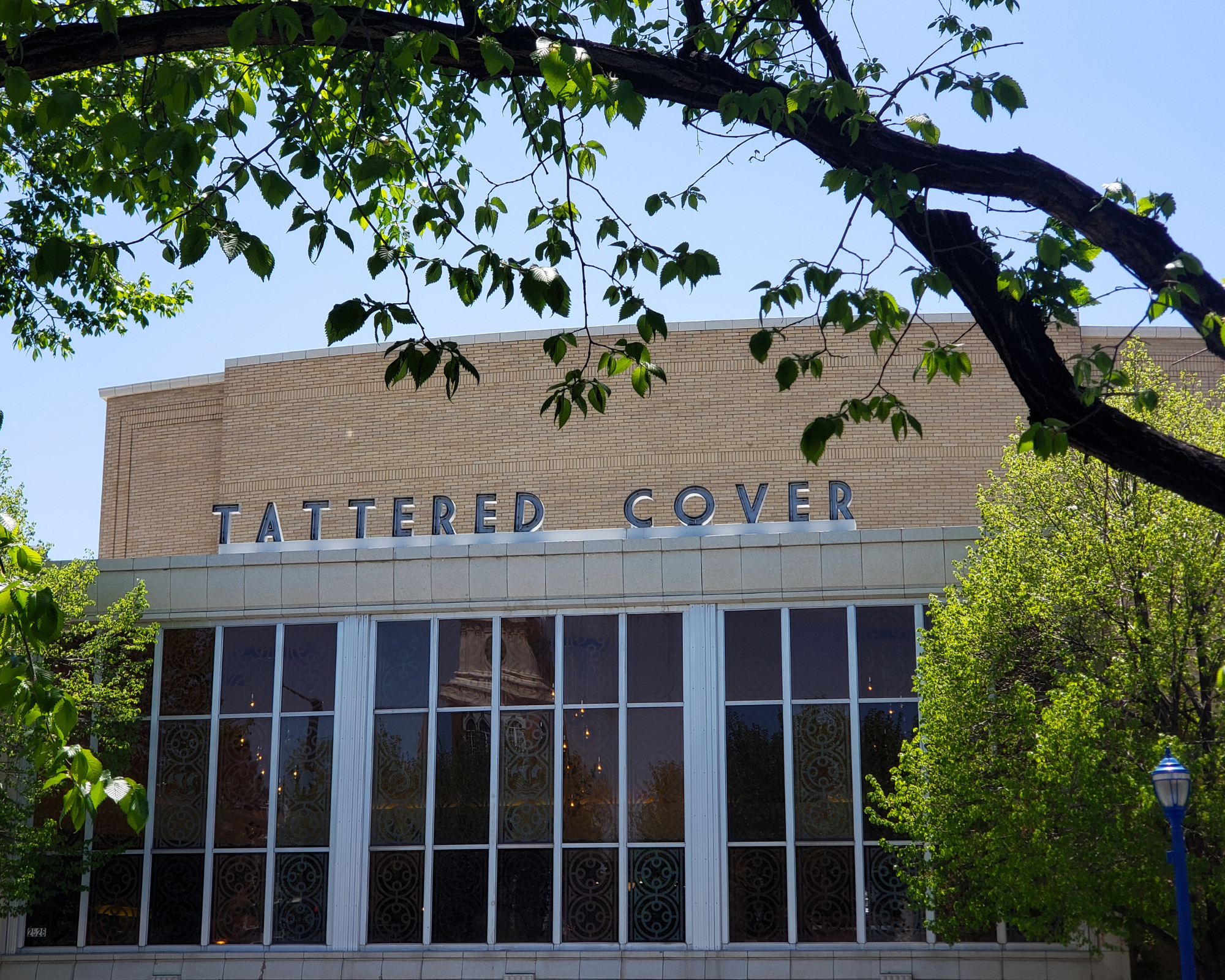
Second Helvetic Confession
Format: Paperback
ISBN: 9781088073223
Publication Date: 11/05/2016
The First Helvetic Confession (Latin: Confessio Helvetica prior), known also as the Second Confession of Basel, was drawn up at that city in 1536 by Heinrich Bullinger and Leo Jud of Zürich, Kaspar Megander of Bern, Oswald Myconius and Simon Grynaeus of Basel, Martin Bucer and Wolfgang Capito of Strasbourg, with other representatives from Schaffhausen, St Gall, Mülhausen and Biel. The first draft was in Latin and the Zürich delegates objected to its Lutheran phraseology. Leo Jud's German translation was, however, accepted by all, and after Myconius and Grynaeus had modified the Latin form, both versions were agreed to and adopted on February 26, 1536.
The Second Helvetic Confession was mainly written by Heinrich Bullinger (1504-1575), pastor and the successor of Huldrych Zwingli in Zurich Switzerland. The Second Helvetic Confession was written in 1561 as a private exercise. It came to the notice of the elector palatine Frederick III, who had it translated into German and published in 1566. It gained a favourable hold on the Swiss churches in Bern, Zurich Schaffhausen St.Gallen, Chur, Geneva and other cities. The Second Helvetic Confession was adopted by the Reformed Church not only throughout Switzerland but in Scotland (1566), Hungary (1567), France (1571), Poland (1578), and next to the Heidelberg Catechism is the most generally recognized Confession of the Reformed Church. Slight variations of this confession existed in the French Confession de Foy (1559), the Scottish Confessio Fidei (1560) the Belfian Ecclasiarum Belgicarum Confessio (1561) and the Heidelberg Catechism (1563). (Quote from wikipedia.org)
The Second Helvetic Confession was mainly written by Heinrich Bullinger (1504-1575), pastor and the successor of Huldrych Zwingli in Zurich Switzerland. The Second Helvetic Confession was written in 1561 as a private exercise. It came to the notice of the elector palatine Frederick III, who had it translated into German and published in 1566. It gained a favourable hold on the Swiss churches in Bern, Zurich Schaffhausen St.Gallen, Chur, Geneva and other cities. The Second Helvetic Confession was adopted by the Reformed Church not only throughout Switzerland but in Scotland (1566), Hungary (1567), France (1571), Poland (1578), and next to the Heidelberg Catechism is the most generally recognized Confession of the Reformed Church. Slight variations of this confession existed in the French Confession de Foy (1559), the Scottish Confessio Fidei (1560) the Belfian Ecclasiarum Belgicarum Confessio (1561) and the Heidelberg Catechism (1563). (Quote from wikipedia.org)
Choose options

Second Helvetic Confession
Sale price$14.99
















